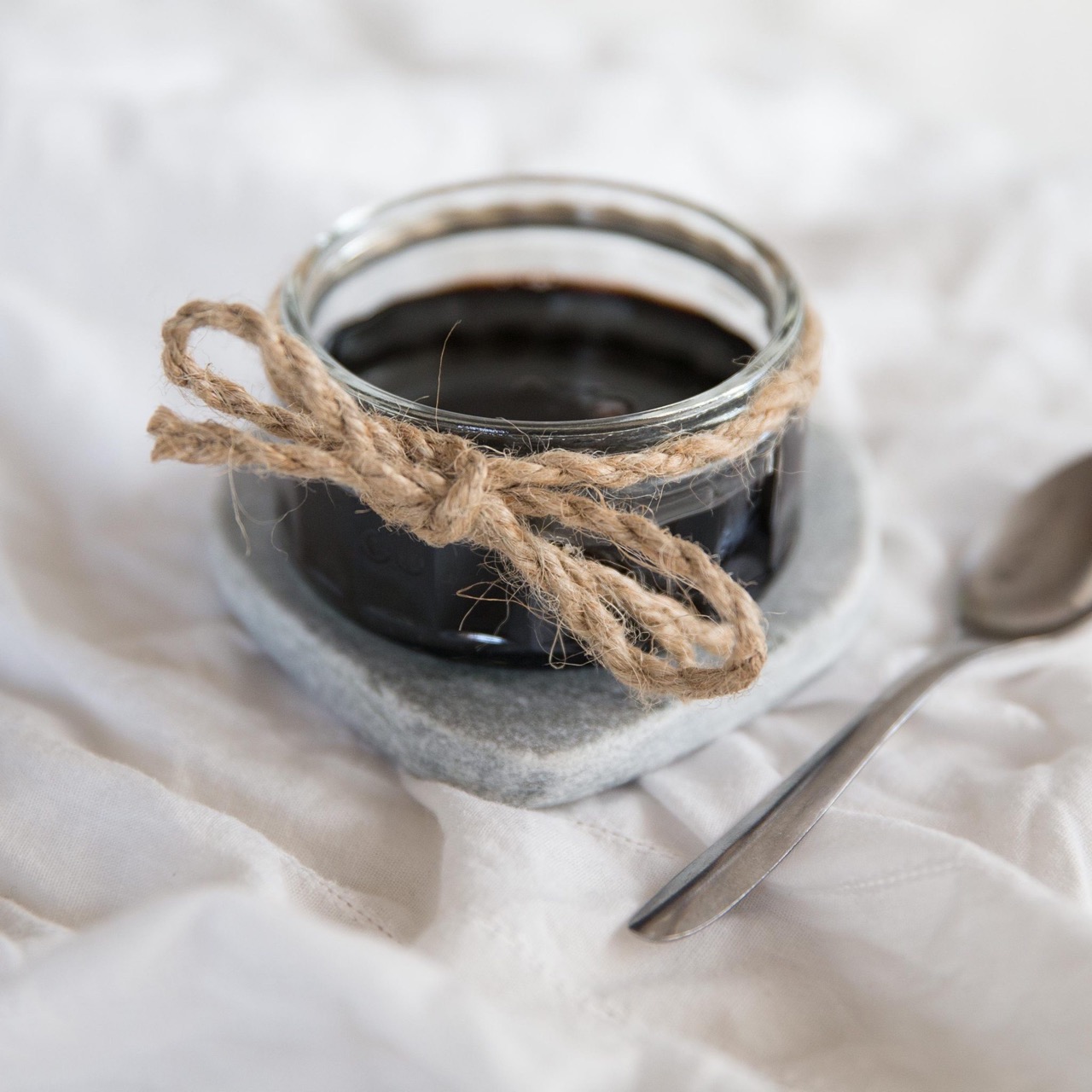

Articles
How To Store Balsamic Glaze After Opening
Modified: October 28, 2024
Discover the best methods to store your balsamic glaze after opening in this informative article. Keep your glaze fresh and flavorful for longer.
(Many of the links in this article redirect to a specific reviewed product. Your purchase of these products through affiliate links helps to generate commission for Storables.com, at no extra cost. Learn more)
Introduction
Welcome to the world of balsamic glaze, a flavorful condiment that adds a unique twist to a variety of dishes. Whether you’re drizzling it over salads, veggies, or even desserts, balsamic glaze has the power to elevate your culinary creations to new heights. But what happens once you’ve opened a bottle of balsamic glaze and have some leftovers? How do you ensure that it stays fresh and maintains its distinct flavor?
In this article, we’ll explore the importance of proper balsamic glaze storage and share some practical tips to help you extend its shelf life. By understanding the factors that can affect its quality and following some simple guidelines, you can ensure that your balsamic glaze remains delicious, vibrant, and ready for your next culinary masterpiece.
Key Takeaways:
- Proper storage of balsamic glaze is essential to maintain its rich flavor and quality. Protect it from air, light, and heat to ensure it stays fresh and vibrant for an extended period.
- Pay attention to signs of spoilage and use your senses to evaluate the freshness of balsamic glaze. Proper storage and mindful consumption will help you enjoy its delightful flavor to the fullest.
Read more: How To Store Balsamic Vinegar Once Opened
Why Proper Storage Matters
Properly storing your balsamic glaze is essential to maintain its quality and flavor for as long as possible. The proper storage techniques help to slow down the oxidation process and prevent the growth of bacteria and mold. By protecting your balsamic glaze from exposure to air, light, and heat, you can ensure that it retains its rich taste and texture.
Balsamic glaze is made from a reduction of balsamic vinegar, which undergoes aging in wooden barrels. This aging process contributes to its complexity and depth of flavor. However, it also means that balsamic glaze is susceptible to degradation when exposed to unfavorable conditions.
Exposure to air can cause the glaze to oxidize, resulting in a loss of flavor and color. Light, especially UV rays, can also accelerate the deterioration process. Additionally, high temperatures can lead to chemical reactions that alter the flavor and consistency of the glaze.
Proper storage not only helps maintain the flavor and quality of your balsamic glaze, but it also ensures food safety. When stored correctly, it minimizes the risk of spoilage and contamination by harmful bacteria. By following the right storage practices, you can prolong the shelf life of your balsamic glaze and enjoy its delectable taste for an extended period.
Now that we understand why proper storage matters, let’s delve into some specific factors that can affect the shelf life of balsamic glaze.
Factors That Affect Balsamic Glaze Shelf Life
Several factors can impact the shelf life of balsamic glaze. Understanding these factors can help you better store and preserve your glaze for an extended period. Here are a few key elements to consider:
1. Exposure to Air: Oxygen is the enemy when it comes to preserving the quality of balsamic glaze. Exposure to air can lead to oxidation, causing the glaze to lose its flavor and color. It is crucial to minimize air contact as much as possible.
2. Light and UV Rays: Light, especially UV rays, can break down the compounds in balsamic glaze, resulting in flavor deterioration. It is essential to keep your glaze away from direct sunlight and fluorescent lighting to maintain its integrity.
3. Temperature: Balsamic glaze should be stored in a cool and stable temperature environment to prevent spoilage. High temperatures can lead to chemical reactions that alter the glaze’s composition, flavor, and consistency.
4. Humidity: Moisture can encourage the growth of mold and bacteria, leading to spoilage. It is important to keep your balsamic glaze in a dry environment to extend its shelf life.
5. Contamination: To prevent contamination, always use a clean utensil or spoon when handling the glaze. Avoid introducing moisture or any foreign substances into the bottle to maintain its freshness.
By considering these factors and implementing proper storage practices, you can significantly extend the shelf life of your balsamic glaze. In the next section, we will discuss some practical tips for properly storing balsamic glaze to ensure its long-lasting quality and flavor.
Tips for Properly Storing Balsamic Glaze
To maximize the shelf life and preserve the quality of your balsamic glaze, here are some essential tips for proper storage:
1. Store Balsamic Glaze in a Cool and Dark Place: Choose a cool and dark area in your pantry or kitchen cabinet to store your balsamic glaze. The ideal temperature for storage is between 50 to 70 degrees Fahrenheit (10 to 21 degrees Celsius). Avoid storing it near any heat sources or in direct sunlight, as this can cause the glaze to degrade quickly.
2. Avoid Exposing Balsamic Glaze to Air: When not in use, make sure to tightly seal the bottle to minimize air exposure. Oxygen can deteriorate the quality of the glaze and lead to flavor loss. Use a bottle with an airtight cap or cork stopper to keep the glaze fresh.
3. Use Proper Containers for Storing Balsamic Glaze: If your balsamic glaze comes in a bottle with a regular screw-top lid, consider transferring it to a dark glass bottle with a tight-fitting cap or cork. Dark glass will protect the glaze from light exposure, while a tight seal will prevent air from entering the bottle.
4. Keep Balsamic Glaze Away from Strong Odors: Balsamic glaze can absorb strong odors from other foods, affecting its flavor. Store it away from pungent ingredients like onions, garlic, and strong spices to maintain its distinct taste.
5. Store Balsamic Glaze in the Refrigerator (Optional): While balsamic glaze doesn’t require refrigeration, storing it in the refrigerator can further extend its shelf life. The cooler temperature can slow down the oxidation process and help maintain its quality. If you choose to refrigerate, ensure the bottle is tightly sealed to prevent moisture absorption.
6. Shake Before Use: Before using the glaze, give the bottle a gentle shake to incorporate any settled particles and ensure a consistent flavor.
By following these tips, you can keep your balsamic glaze fresh and flavorful for an extended period. However, it’s important to note that balsamic glaze may darken and thicken over time, even with proper storage. This is a natural occurrence and does not necessarily indicate spoilage. Now, let’s explore how long you can store an opened bottle of balsamic glaze and the signs of spoilage to be aware of.
Store Balsamic Glaze in a Cool and Dark Place
When it comes to storing balsamic glaze, the environment plays a crucial role in maintaining its quality and flavor. It is important to find a cool and dark place in your pantry or kitchen cabinet to store the glaze.
Exposure to heat can accelerate the deterioration process of balsamic glaze, causing it to lose its flavor and aroma. Therefore, it is essential to keep the glaze away from any heat sources, such as stoves or ovens.
The ideal temperature for storing balsamic glaze is between 50 to 70 degrees Fahrenheit (10 to 21 degrees Celsius). This moderate temperature range helps preserve the glaze’s integrity and prevents it from spoiling quickly. Avoid storing the glaze in areas that experience significant temperature fluctuations, such as near windows or next to appliances that generate heat.
In addition to temperature, protecting balsamic glaze from light is equally important. Light, especially UV rays, can break down the compounds in the glaze and lead to flavor deterioration. To shield the glaze from light exposure, choose a dark and opaque storage container.
If your balsamic glaze comes in a clear glass bottle, consider transferring it to a dark glass bottle with a tight-fitting cap or cork. Dark glass bottles are designed to block out light and keep the glaze protected. Alternatively, you can store the original bottle in a dark pantry or wrap it in aluminum foil to minimize light exposure.
Properly storing balsamic glaze in a cool and dark place helps to slow down its oxidation process and allows you to enjoy its flavors for a longer period. By taking these simple precautions, you can ensure that your balsamic glaze stays fresh and vibrant, ready to enhance your favorite dishes with its rich and tangy taste.
Store balsamic glaze in a cool, dark place, away from direct sunlight and heat. Make sure the bottle is tightly sealed to prevent air exposure and refrigerate after opening to extend its shelf life.
Read more: How To Store Caulk After Opening
Avoid Exposing Balsamic Glaze to Air
Properly sealing and minimizing air exposure is essential when it comes to storing balsamic glaze. Air contains oxygen, which can cause oxidation and lead to a loss of flavor and quality in the glaze. To preserve the integrity of your balsamic glaze, it’s important to take steps to avoid exposing it to air.
Here are some tips to prevent air exposure and prolong the freshness of your balsamic glaze:
1. Seal the Bottle Tightly: After each use, ensure the bottle is tightly sealed to prevent air from entering. If the glaze comes in a bottle with a screw-top lid, make sure to secure it properly to minimize air contact.
2. Consider Using a Vacuum Sealer: If you have a vacuum sealer, you can use it to remove excess air from the bottle before sealing it. This method creates an airtight environment that helps preserve the glaze’s flavor and consistency.
3. Store in Smaller Bottles: If you have a large bottle of balsamic glaze and frequently open it, consider transferring the glaze to smaller bottles. This reduces the amount of air trapped in the bottle every time it is opened, prolonging the glaze’s freshness.
4. Use Plastic Wrap or Foil: If you notice that the original bottle cap or lid doesn’t seal the glaze tightly, you can cover the opening with plastic wrap or foil before fastening the cap. This creates an additional barrier against air exposure, keeping the glaze fresh.
5. Minimize Pouring Time: When using balsamic glaze, pour it directly onto your desired dish without excessive pouring time. The shorter the time the glaze is exposed to air, the better it will retain its flavor and quality.
By taking these measures to avoid air exposure, you can protect your balsamic glaze from oxidation and maintain its delicious taste and texture. Remember to seal the bottle tightly and consider using smaller bottles or additional barriers like plastic wrap or foil if necessary. With these precautions, you can enjoy your balsamic glaze at its best for a longer period of time.
Use Proper Containers for Storing Balsamic Glaze
Choosing the right storage container for your balsamic glaze is an important factor in preserving its quality and flavor. The container not only keeps the glaze protected but also helps minimize exposure to air, light, and heat. Here are some tips for selecting the proper container for storing balsamic glaze:
1. Dark Glass Bottles: Balsamic glaze is best stored in dark glass bottles. Dark glass, such as amber or cobalt blue, helps block out light, especially UV rays, which can degrade the glaze over time. Look for bottles specifically designed for storing food products in order to ensure they are safe for culinary use.
2. Airtight Caps or Corks: Choose bottles with airtight caps or corks to create a seal that prevents air from entering the container. This helps to minimize oxidation and keep the glaze fresh. Screw-top lids, flip-top caps, or cork stoppers are effective options for maintaining an airtight environment.
3. Size Matters: Consider the size of the container when storing balsamic glaze. It’s best to choose a container that closely fits the amount of glaze you have, leaving minimal headspace. This reduces the amount of air trapped inside the container, helping to maintain the glaze’s flavor and freshness.
4. Avoid Plastic Containers: While plastic containers may be convenient for other purposes, it’s generally best to avoid storing balsamic glaze in plastic. Plastic can be permeable, allowing air to seep in and impacting the quality of the glaze. Furthermore, plastic can retain odors, potentially affecting the taste of the glaze.
5. Label the Container: To avoid confusion and ensure you can easily identify your stored balsamic glaze, label the container with the date of the opening or expiration date. This helps you keep track of the glaze’s freshness and use it within the recommended time frame.
Remember, proper storage containers play a crucial role in maintaining the quality of your balsamic glaze. Opt for dark glass bottles with airtight caps or corks, and avoid storing in plastic containers. By using the right containers, you can ensure that your balsamic glaze remains delicious and ready to enhance your culinary creations for an extended period.
How Long Can You Store Opened Balsamic Glaze?
The shelf life of opened balsamic glaze depends on several factors, including storage conditions and the quality of the glaze. With proper storage, you can enjoy the glaze’s rich flavors for an extended period. While balsamic glaze does not spoil quickly, its quality may gradually degrade over time.
On average, opened balsamic glaze can be stored for about 1 to 2 years. However, it is important to note that the glaze’s taste and consistency may change as it ages. Over time, balsamic glaze may darken, thicken, or develop sediment at the bottom of the bottle. This is a natural occurrence and not necessarily an indicator of spoilage.
Properly sealed and stored balsamic glaze can retain its quality for a longer period. Factors that can affect the shelf life of opened balsamic glaze include temperature, exposure to air and light, and quality of the glaze. It is important to ensure that the glaze is stored in optimal conditions to maintain its integrity.
Remember to store balsamic glaze in a cool and dark place, away from heat and sunlight. Avoid exposing it to air for extended periods and use a container with an airtight seal to minimize oxidation. By following these guidelines, you can extend the shelf life of opened balsamic glaze and continue to enjoy its rich flavor.
However, it is essential to use your senses and common sense when determining if the glaze is still good to use. If the glaze develops an off-putting odor, unusual color, or mold, it is best to discard it. Additionally, if the taste or texture of the glaze significantly changes, it’s a good indication that it has passed its prime.
To ensure the highest quality and optimal flavor, it is recommended to consume balsamic glaze within the first year of opening. This way, you can fully appreciate the unique taste and characteristics of the glaze while it is at its best.
By practicing proper storage and staying mindful of the shelf life, you can make the most out of your opened balsamic glaze and elevate your culinary creations with its delightful flavor.
Signs of Spoiled Balsamic Glaze
Balsamic glaze, when stored properly, has a relatively long shelf life. However, it’s important to be aware of the signs that indicate the glaze has spoiled. While balsamic glaze doesn’t typically pose a significant health risk if consumed past its prime, it may lose its desirable taste, texture, and quality. Here are some signs to look out for:
1. Off-Putting Odor: If your balsamic glaze develops a strong vinegar smell or any other foul odor, it may be an indication of spoilage. Fresh balsamic glaze has a robust, sweet smell, so any unusual or unpleasant odor is a sign to avoid using it.
2. Mold or Growth: Visible mold or any signs of unusual growth, such as white spots or discoloration, are clear indicators that the glaze has spoiled. Avoid consuming balsamic glaze with mold or growth as it can lead to health issues.
3. Unusual Consistency: If the texture of the glaze becomes excessively thick, clumpy, or grainy, it may be a sign of spoilage. Fresh balsamic glaze has a smooth and syrup-like consistency, so any significant changes should be cause for concern.
4. Off-Color or Change in Appearance: Balsamic glaze typically has a deep, dark brown color. Any significant changes in color, such as turning lighter or developing an unusual tint, may suggest that the glaze has spoiled.
5. Extended Storage Time: Even if there are no obvious signs of spoilage, it’s essential to consider the length of time the glaze has been stored. Balsamic glaze that has been open for an extended period, particularly beyond its recommended shelf life, may have compromised quality.
When in doubt about the condition of your balsamic glaze, it’s best to err on the side of caution and discard it. Spoiled glaze may not only affect the taste of your dishes but could potentially cause gastrointestinal discomfort if consumed.
To prevent spoilage and ensure the freshness of your balsamic glaze, practice proper storage techniques, observe the recommended shelf life, and trust your senses to evaluate its quality. By doing so, you can enjoy the full flavor and enhance your culinary creations with confidence.
Read more: How To Store Sake After Opening
Conclusion
Properly storing your balsamic glaze is crucial to maintain its quality, flavor, and shelf life. By understanding the factors that can affect its freshness and following some simple guidelines, you can enjoy the rich taste of balsamic glaze for an extended period.
Storing balsamic glaze in a cool and dark place helps to preserve its integrity by protecting it from heat and light exposure. Avoiding air exposure is equally important, as it can lead to oxidation and flavor loss. Choose containers that are dark and airtight, and consider transferring the glaze to smaller bottles to minimize air contact.
While balsamic glaze can be stored for about 1 to 2 years, it’s important to pay attention to signs of spoilage such as off-putting odor, mold, unusual consistency, and changes in color or appearance. If you notice any of these signs, it’s best to discard the glaze.
Remember to use your senses and common sense when determining the freshness of your balsamic glaze. When in doubt, it’s better to be safe than sorry and choose a fresh bottle to enhance your culinary creations.
By following the proper storage techniques and being mindful of the shelf life, you can make the most out of your balsamic glaze and elevate your dishes with its delightful flavor.
So, go ahead and savor the tangy sweetness of balsamic glaze, knowing that with proper storage, it will continue to delight your taste buds and add a delicious touch to your favorite recipes.
Frequently Asked Questions about How To Store Balsamic Glaze After Opening
Was this page helpful?
At Storables.com, we guarantee accurate and reliable information. Our content, validated by Expert Board Contributors, is crafted following stringent Editorial Policies. We're committed to providing you with well-researched, expert-backed insights for all your informational needs.
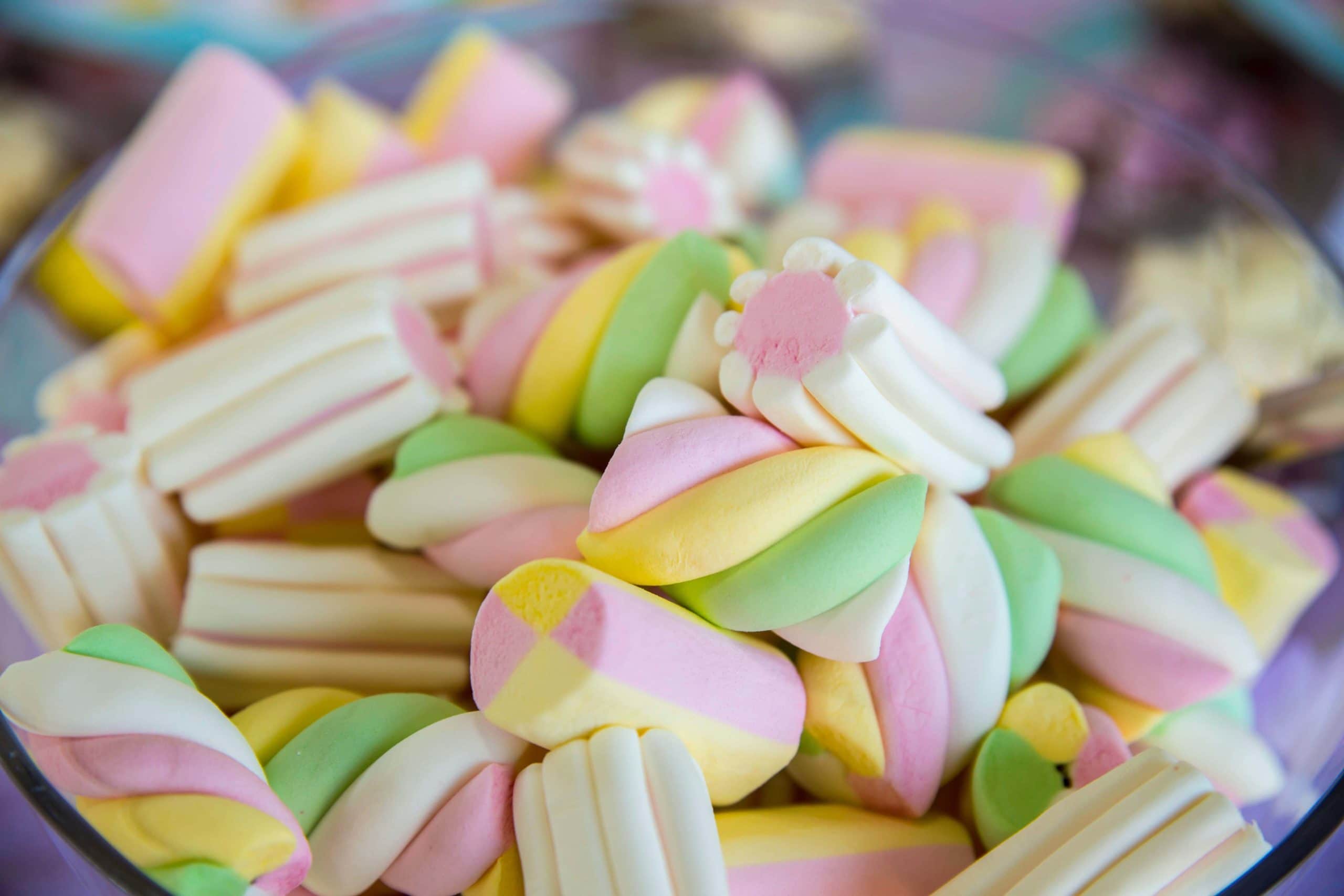
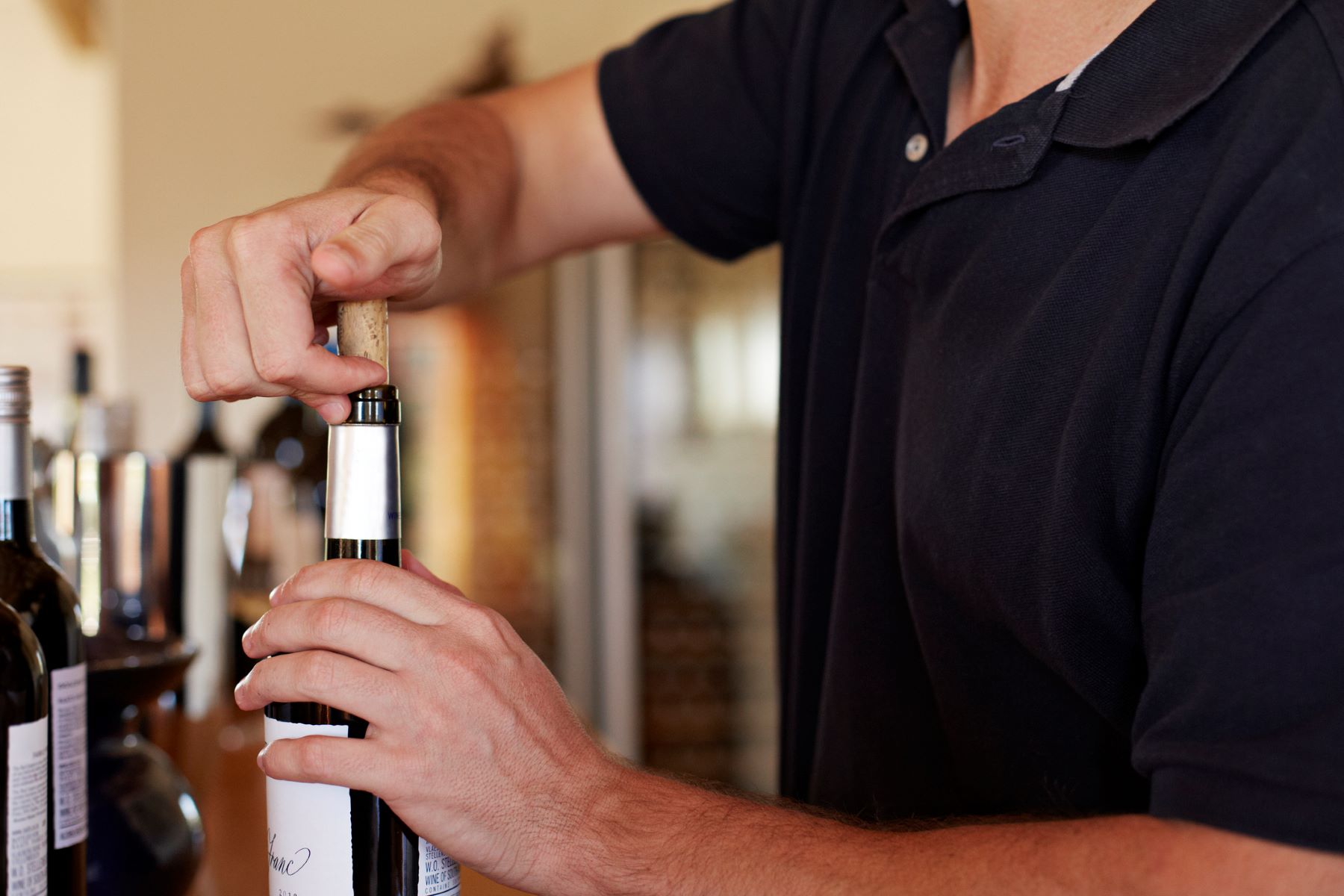

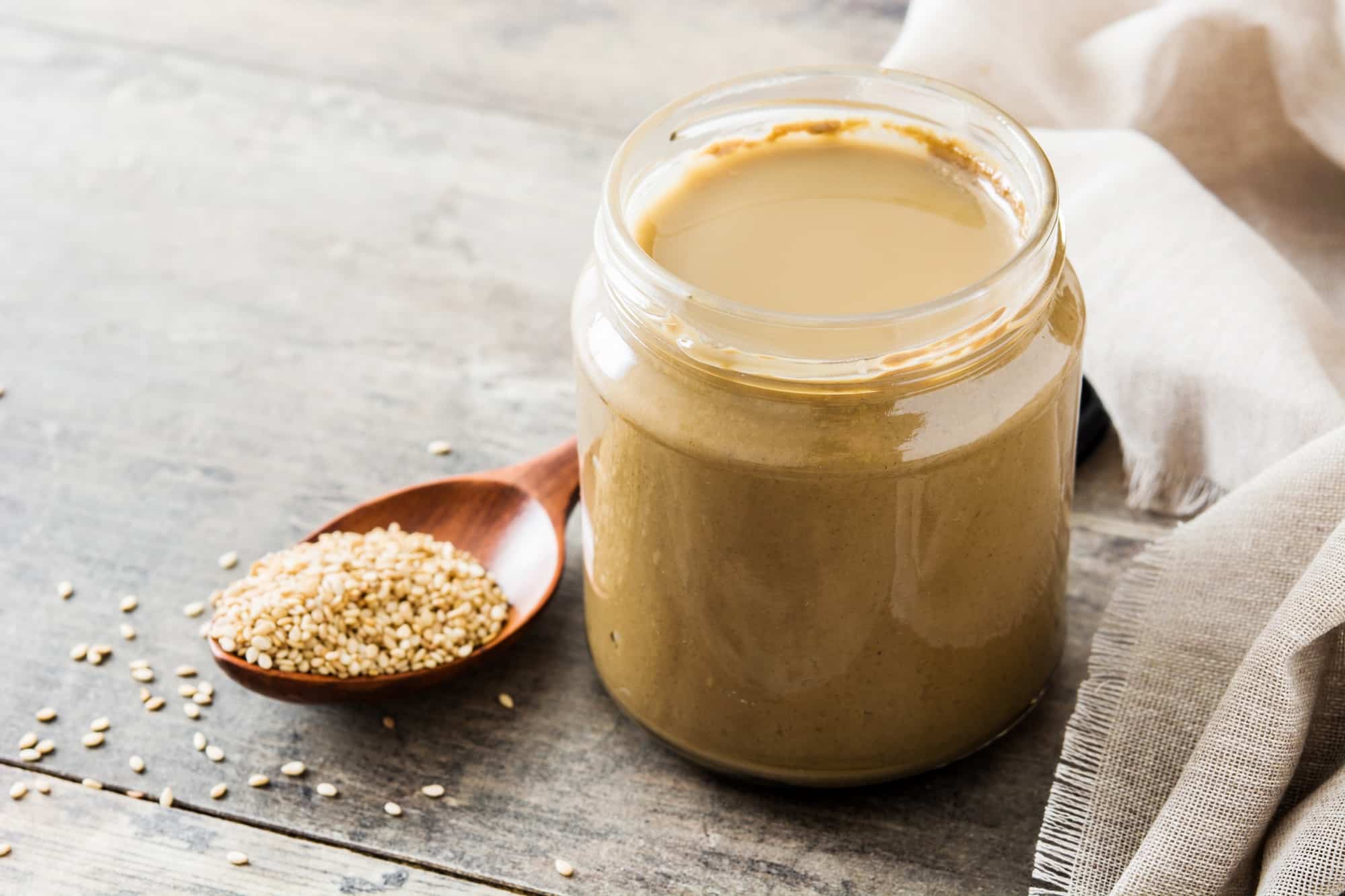


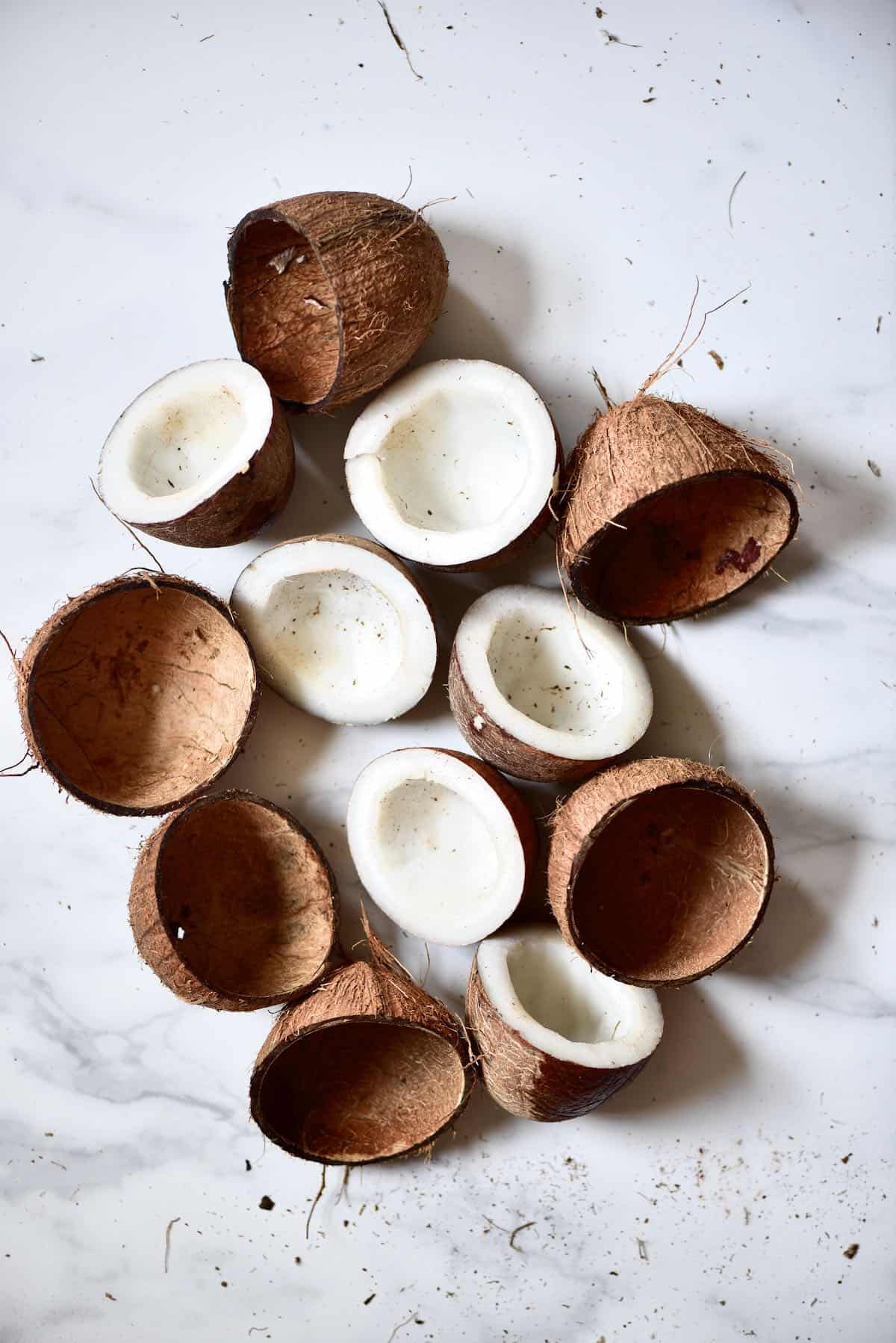

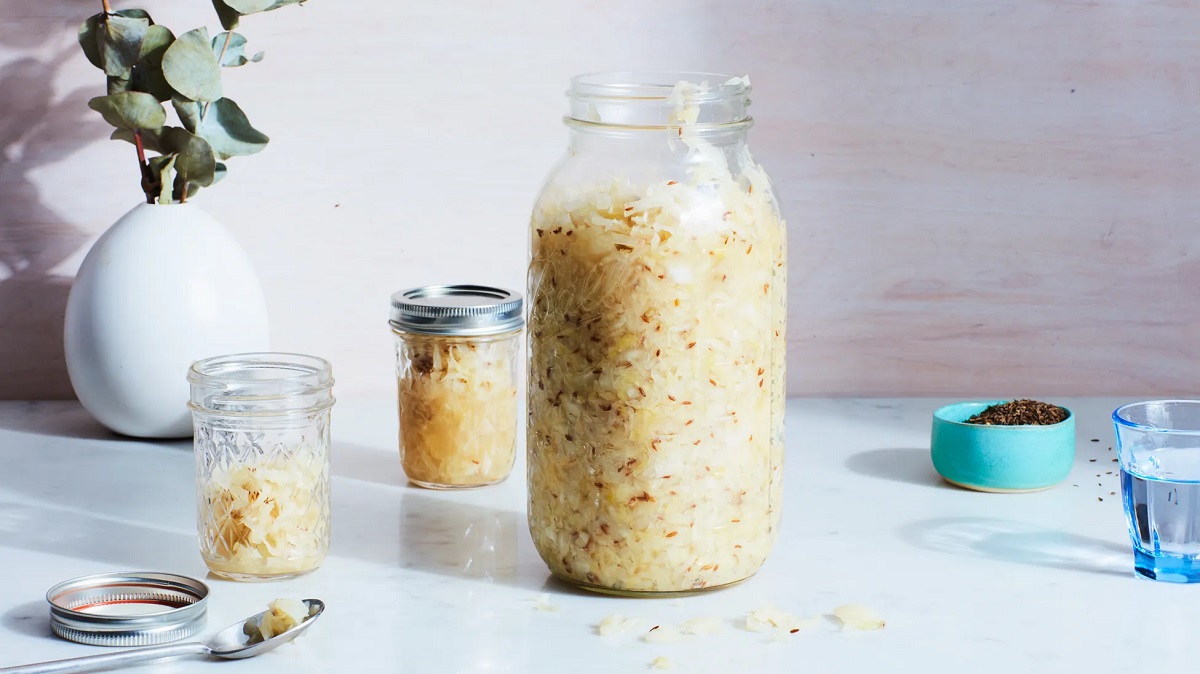
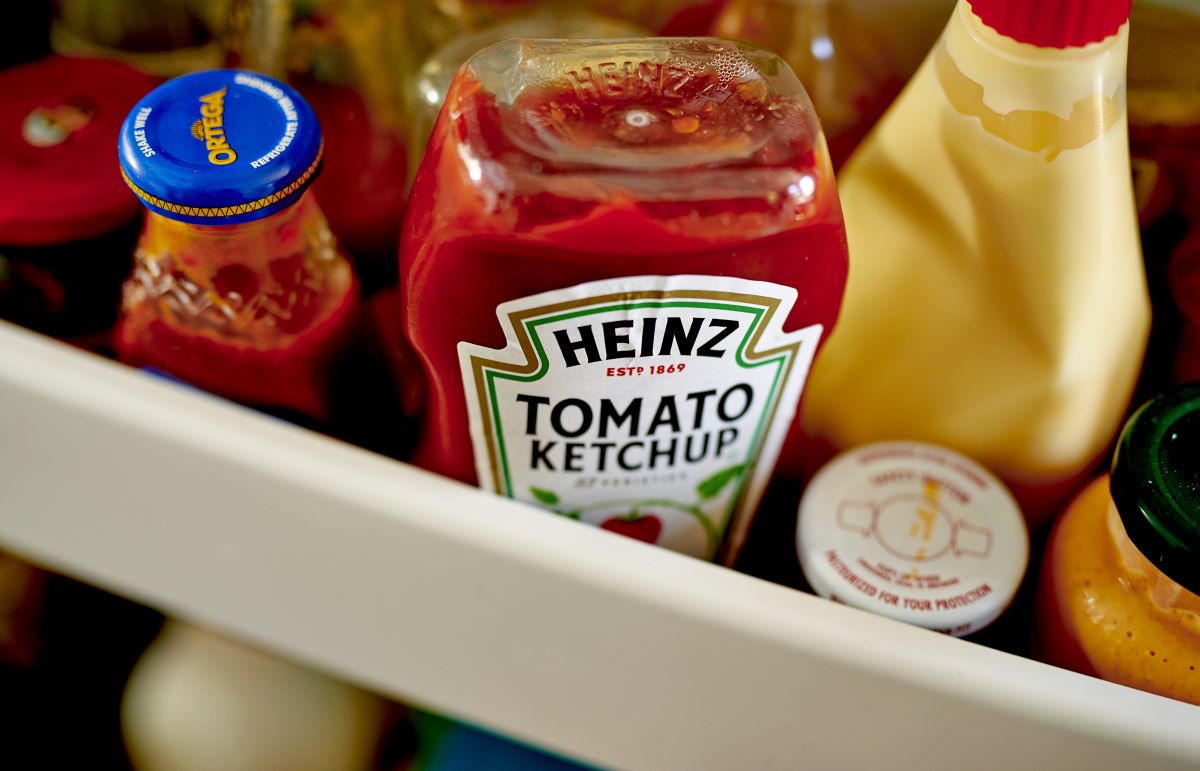
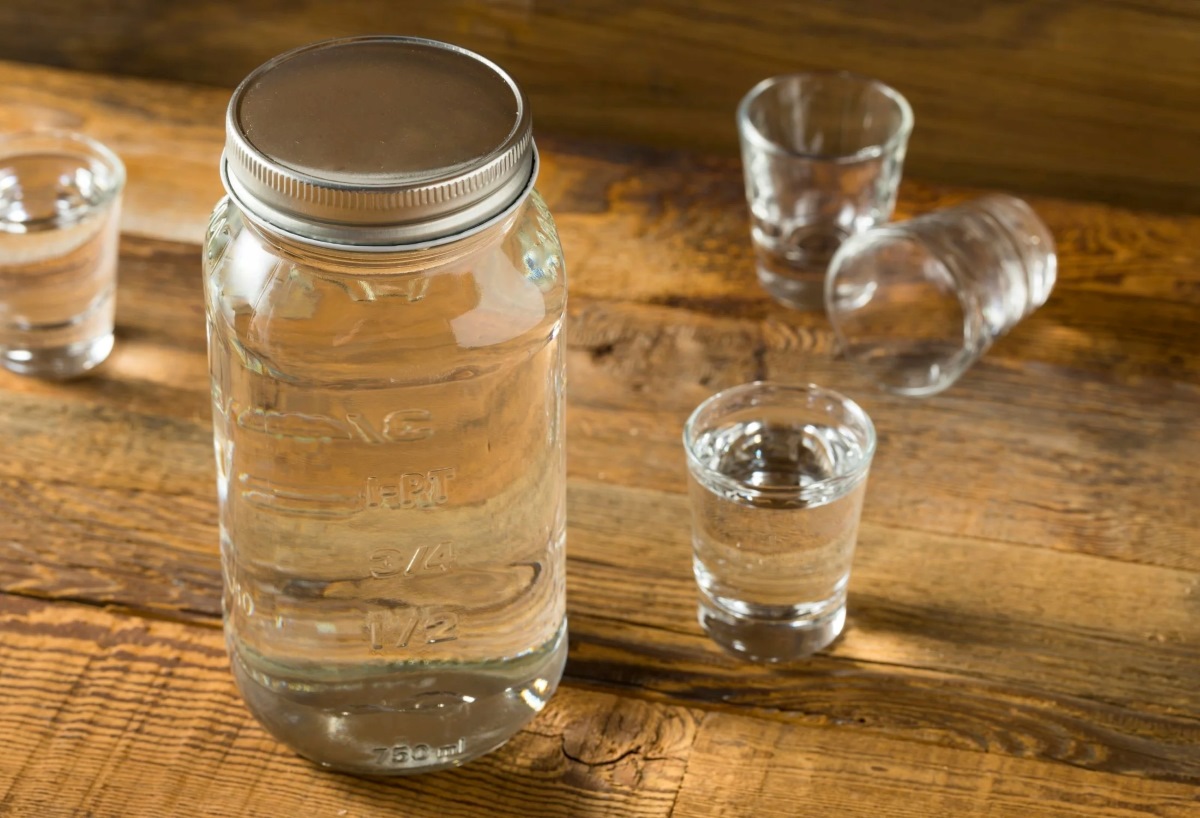



0 thoughts on “How To Store Balsamic Glaze After Opening”